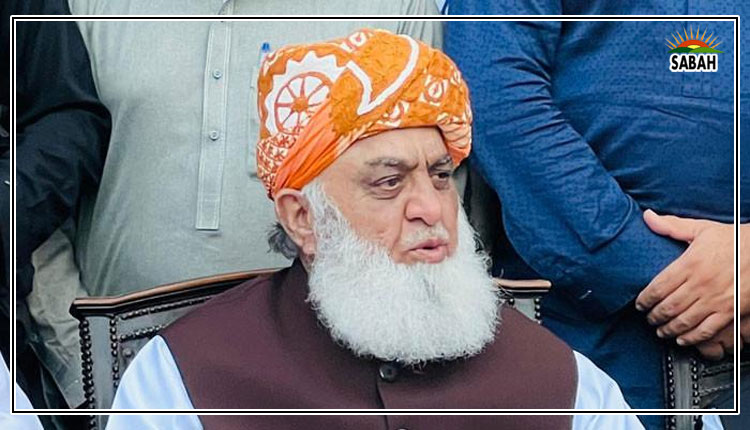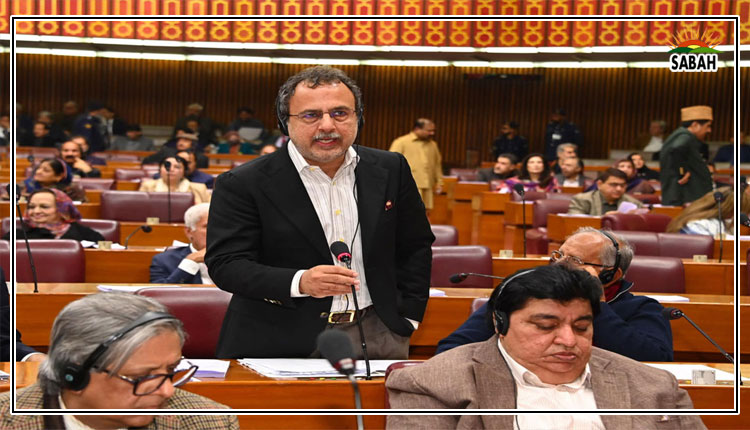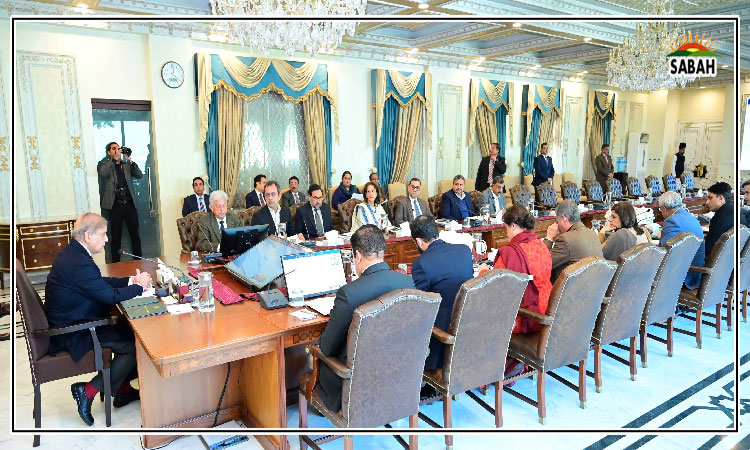The essence of justice۔۔۔Rida Tahir
Custodial torture is endemic in Pakistan. In November 2022, Pakistan reached a significant milestone when it passed the Torture and Custodial Death (Prevention and Punishment) Act 2022 (Anti-Torture Act). The purpose of the Anti-Torture Act is to provide protection to a person during custody from all acts of torture perpetrated by public officials. The law applies across Pakistan.
Article 14(2) of the constitution states: No person shall be subjected to torture for the purpose of extracting evidence. Pakistan is also a party to core international human rights treaties, particularly the United Nations Convention Against Torture and Other Cruel, Inhuman or Degrading Treatment or Punishment (UNCAT), which the country signed in 2008 and ratified in 2010.
Despite that, prior to the enactment of the anti-torture law, insufficient protection was provided to the victims/survivors of custodial torture. This is because no law in Pakistan explicitly and comprehensively protected a person from acts of torture perpetrated by public officials while in custody. Against this backdrop, I wrote an article in these pages titled Getting away with torture (June 24), demanding the enactment of the anti-torture bill. Five months later, the law was passed by parliament.
There is no doubt that the law appears to be an inspirational piece of legislation. The offence of torture has been described as a cognizable, non-compoundable and non-bailable offence
(Section 8).
However, a few gaps remain, which will hamper the effective implementation of the law. It is important to note that torture has been defined as severe physical pain or physical suffering. The definition differs from that of the UNCAT, which defines torture as severe pain or suffering, whether physical or mental. Therefore, the definition of torture must be amended to incorporate mental torture within its scope.
While the complainant has been defined as any person under Section 2(d), which presumably includes children, males, females and transgender persons, the law must make special provisions for children and interlink the Anti-Torture Act with the Juvenile Justice System Act 2018 (JJSA 2018), which prohibits corporal punishment under Section 16(2).
Under Section 4, there is a special provision for the custody of women, which prohibits detaining them to extract information regarding the whereabouts of a person accused of any offence. The section also states that women will not be taken or held in custody by a male but by a female public official lawfully authorized to do so.
However, the law does not employ gender-neutral terminology and refers to complainants, victims and survivors as him. This discounts women and persons, who are at a higher risk of facing custodial torture and sexual violence owing to their vulnerable status in the criminal justice system.
The law provides speedy special protection to the aggrieved. Under Section 14, the complainant, victim and witness can apply for special protection from a sessions court, which has been mandated to pass an order on the petition within three days after giving notice to the parties to the petition.
The anti-torture law should be interlinked with the Legal Aid and Justice Authority Act (LAJA) 2020 so that the aggrieved are able to seek redressal from the courts (including special protection) through the provision of free legal aid and financial assistance. This linkage is crucial because custodial torture is disproportionately committed against those from poor and marginalized backgrounds.
Additionally, exclusive investigation authority has been granted to the Federal Investigating Authority (FIA) under Section 5. The National Commission for Human Rights (NCHR) has been given the responsibility of supervising the FIA. The functions of the NCHR are stipulated under Section 9 of the National Commission for Human Rights Act 2012.
Under Section 9(c) of the NCHR Act 2012, the NCHR can visit the place of detention including prisons whereas under Section 9(i), the NCHR can direct investigation and inquiry in respect of any incident of violation of human rights. Nevertheless, a proper procedure must be set out for the NCHR to supervise the FIA in the investigation of custodial torture.
The FIA and the NCHR will also require a separate budget and resources for the implementation of the law. However, this has not been provided in the law. It is recommended that a separate fund is constituted for the implementation.
Section 11 criminalizes the filing of malafide complaints. This puts the complainants of torture at the risk of double jeopardy. The complainants/victims of custodial torture are at the risk of facing intimidation into compromising. This means they will face punishment for filing a complaint and taking action for their plight. This will hinder the victims from seeking justice. Custodial torture is already an underreported crime.
The UN Committee against Torture in its General Comment No2 on UNCAT states: as new methods of prevention (eg videotaping all interrogations)are discovered, tested and found effective, article 2 provides authority to build upon the remaining articles and to expand the scope of measures required to prevent torture.
Therefore, CCTV cameras must be installed inside police stations, prisons and other detention centres. Videorecording of vehicles will also prove to be critical in providing safeguard against custodial torture. Law-enforcement officials should be provided with body cameras to deter the use of violence.
The law-enforcement agencies must be provided with awareness and sensitization training towards custodial torture (as provided under Section 18 of the newly passed law). Rules must be notified at priority.
The Anti-Torture Act is a progressive piece of legislation. However, to ensure its effective implementation, the recommendations suggested above must be taken into consideration. The essence of justice is the absence of unfair treatment.
Courtesy The News












